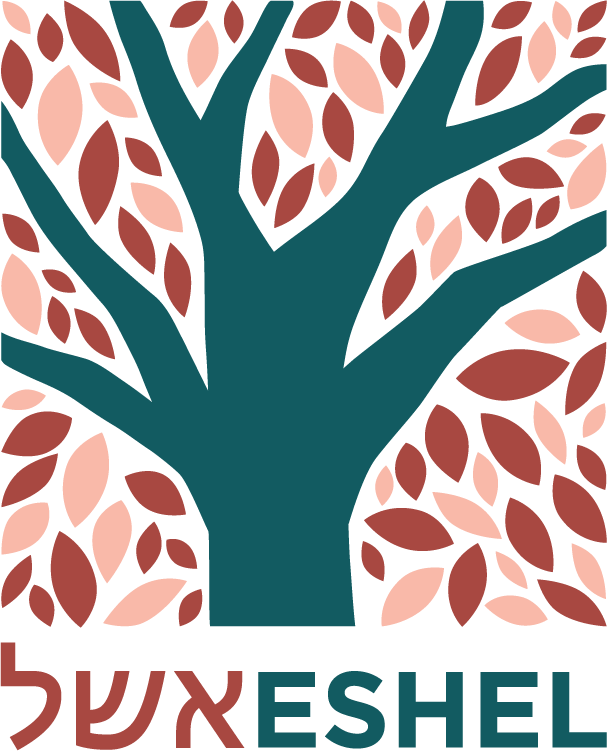
As Shavuot approaches, we prepare to reenact the experience of receiving the Torah at Sinai, as it was experienced by all of am yisrael, across every generation. The revelation at Sinai is described in the Torah in both Shmot and Dvarim in rich, sensory language, but the specific details are different in each telling. The Rabbis expanded on the images of Sinai, adding layers of meaning through midrash and analogy to attempt to understand the sometimes contradictory tellings. One such contradiction is that while the moment was one of national unity, it was also calibrated to the specific needs and capacities of every individual person.
Rashi comments on the verse in Exodus 19, that when they arrived at Sinai Israel encamped there. ויחן שם ישראל And there Israel encamped “as one person and with one mind.” Noting the singular nature of the verb, Rashi asserts that the experience was one of complete unity. God remembered them and freed them, led them through the sea and brought them to the mountain. This all happened to everyone together. Standing at Sinai was a moment of equality and belonging, in Rashi’s words, like a single person with one heart.
However, other portrayals celebrate the multiplicity and diversity of experiences at Sinai. R. Levi said “The Holy One, blessed be He, appeared to them in the form of a hologram, [an איקונין = eikon] which is visible from all angles. A thousand people may gaze on it and it gazes on all of them. So is the Holy One, blessed be He. When He spoke, every individual Israelite maintained: to me the word spoke!”
Rabbi Yosi said “In accordance with each and everyone’s personal capacities did the word speak to him or her. Do not be astonished at the manna which came down on the Israelites, each one tasting the flavor he was capable of appreciating, the infants according to their capacity, the teenagers according to theirs, the elderly according to theirs. If this was so in the case of the manna, that everyone tasted the flavor he could appreciate, the word of revelation all the more so!”
We often think of the embrace and celebration of human diversity and individual uniqueness as a calling card of modernity. However, even at the moment of revelation when we are all bound to each other in unity, our tradition centers that this covenant is also responsive to every human difference in God’s marvelous creation.
The challenge of celebrating both peoplehood and individuality was not lost of our sages. The Midrash Tanhuma (Terumah) attempts to solve the problem with a parable of two market vendors. One sells pepper and the other silk. They can hold on to their products, but if they do business, then in the trade they just switch material so that each one now owns what the other had. This is different from spiritual gifts and knowledge. If one studied mishna zeraim (seeds) and the other mishna moed (holidays) they can share their knowledge and when they do, then they now have both collections of mishna.
The Sefat Emet, explains this midrash in this way: “The matter is that every member of the jewish people has a specific portion of the Torah that is uniquely theirs….and this unique Torah connects one to the other because each of us receives from the other the wisdom unique to each person.”
May we never lose either of these images of Sinai: those that that unify us with one heart and one mind and those that inspire us to learn and share our unique portion, our individual insight and wisdom that was revealed to us at Sinai.

